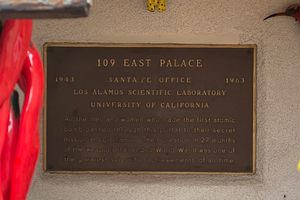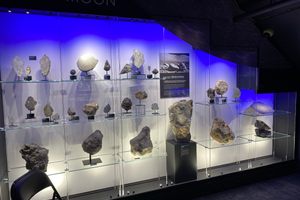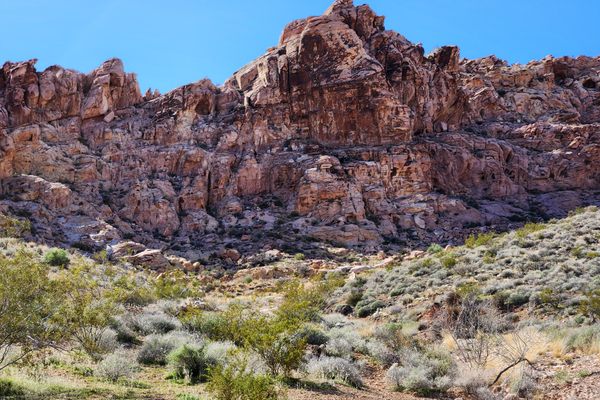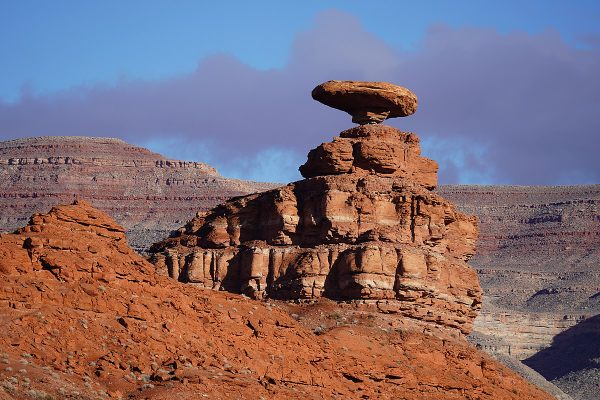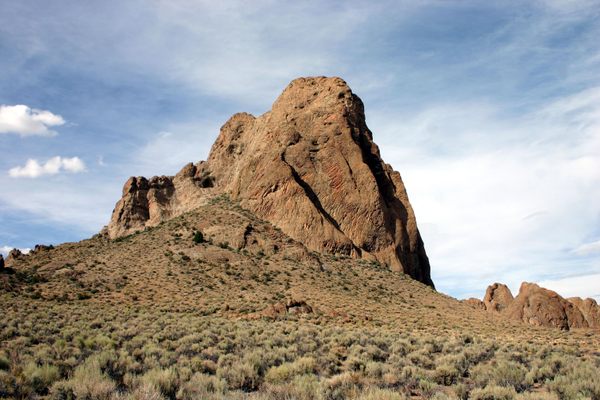About
About 1.5 billion years ago, the site of what is now Santa Fe, New Mexico, was vaporized by a giant meteor. The impact melted and shocked the rocks deep below the impact site.
Over the next 1.5 billion years, the crater was eroded, buried under thousands of feet of sediment, sunk below a sea, then uplifted about 85 million years ago and eroded some more. All of the debris from the impact is long gone, but some evidence of the meteor—those shocked rocks—still remains today.
The impact caused the rocks to slightly melt and form sharp cone-like shapes from the sheer force, known as shatter cones. This strange rock formation is evidence of a meteor-sized impact but is known as an "impact structure" because it's too eroded to be categorized as a crater.
In 2004, Thornton “Tim” McElvain, a retired geologist, was tromping around the mountains northeast of Santa Fe when he happened upon the conical remnants of this ancient impact. He spent the next four years mapping and confirming the meteor impact by more tromping and not a small amount of laboratory work.
The shatter cones can still be seen today, and the most easily accessed ones lie just off Highway 475, about five miles northeast of the Palace of the Governors in Santa Fe. Cones between 5 and 15 feet tall can be seen in a road cut on the northside of the highway just past the Chamisa Trailhead.
Related Tags
Know Before You Go
The Chamisa Trail is a short drive from Santa Fe. Head towards Hyde State Park and the Santa Fe ski area. If you reach Hyde Park, you've gone too far.
Published
September 6, 2019














